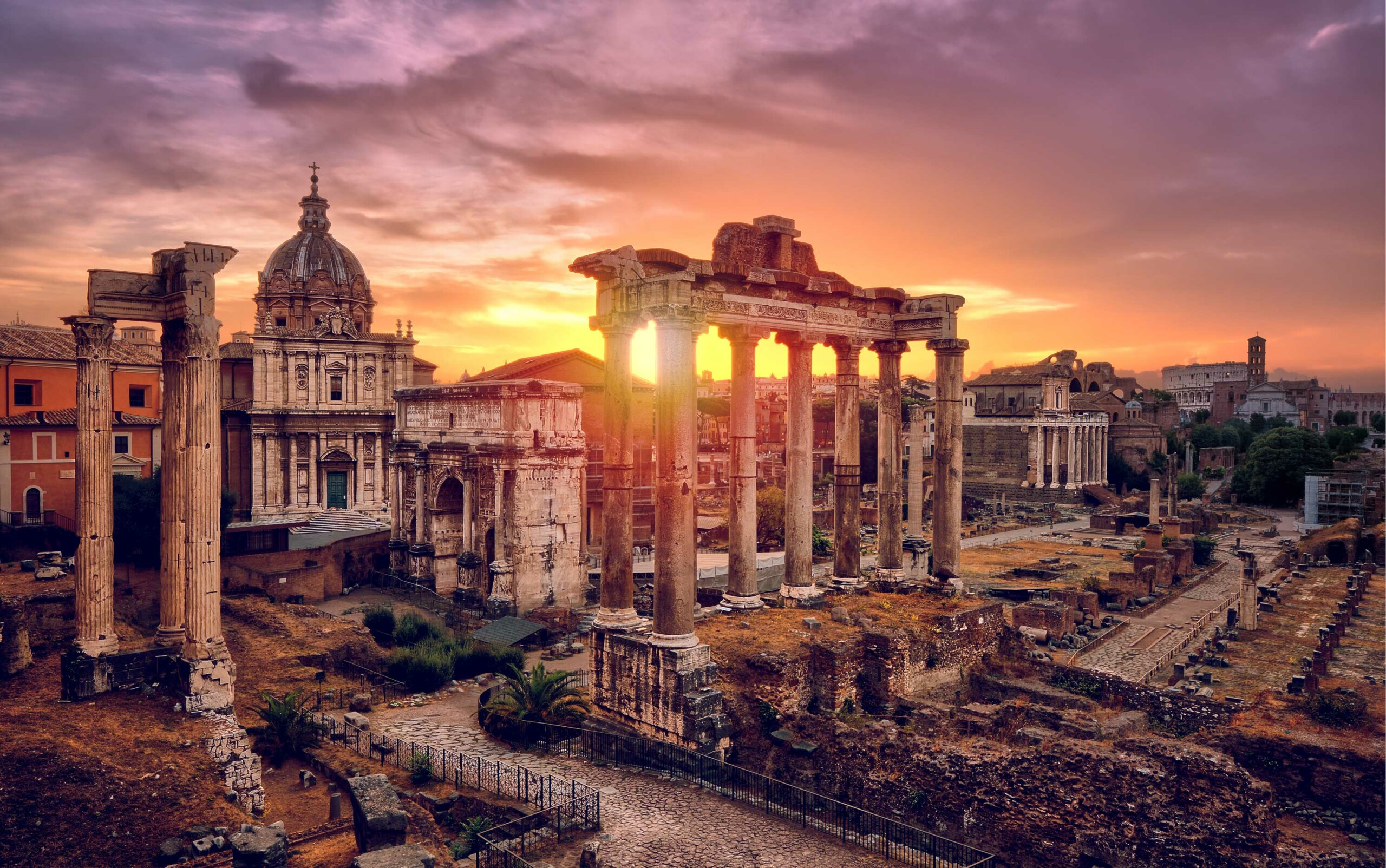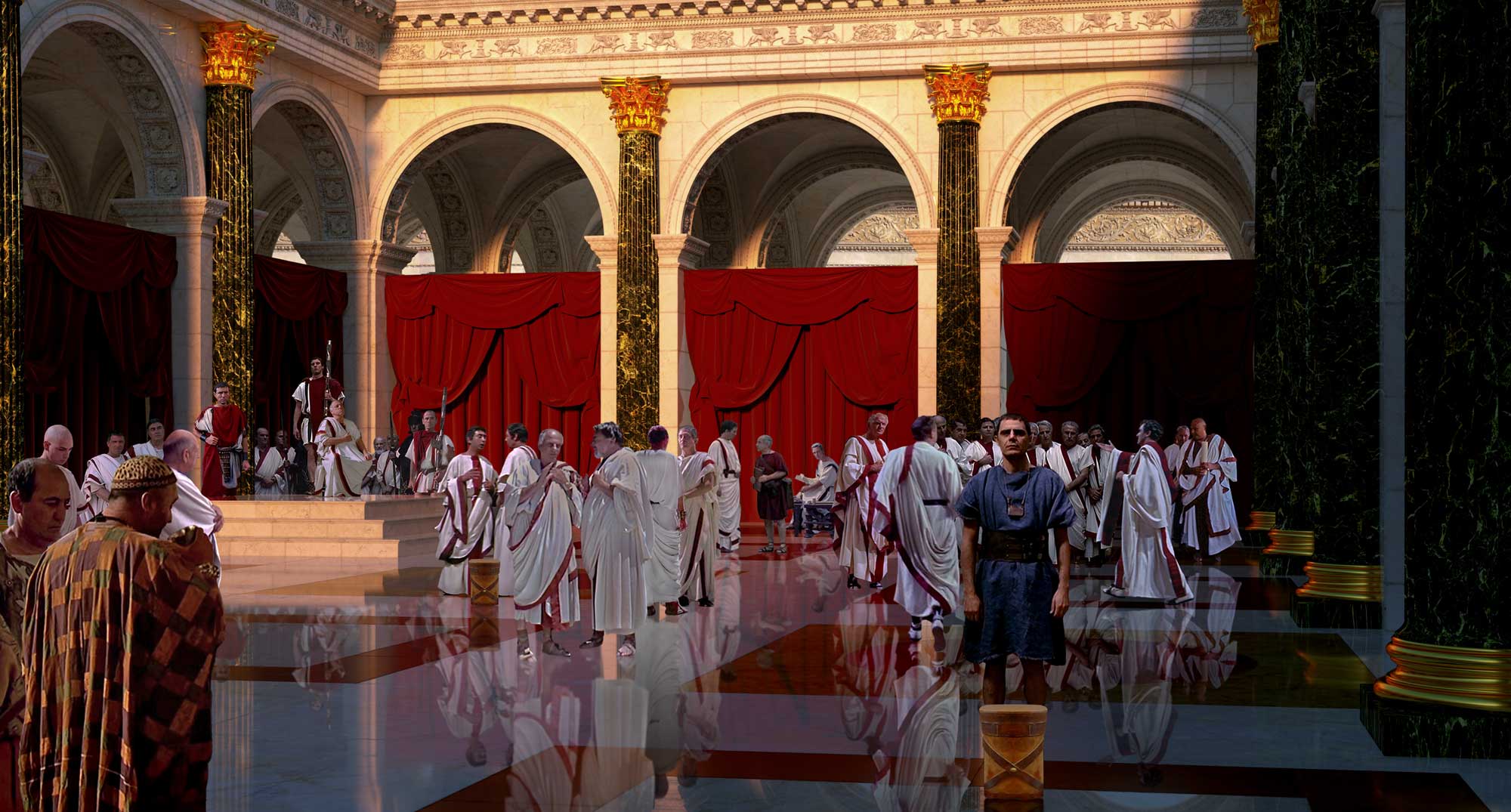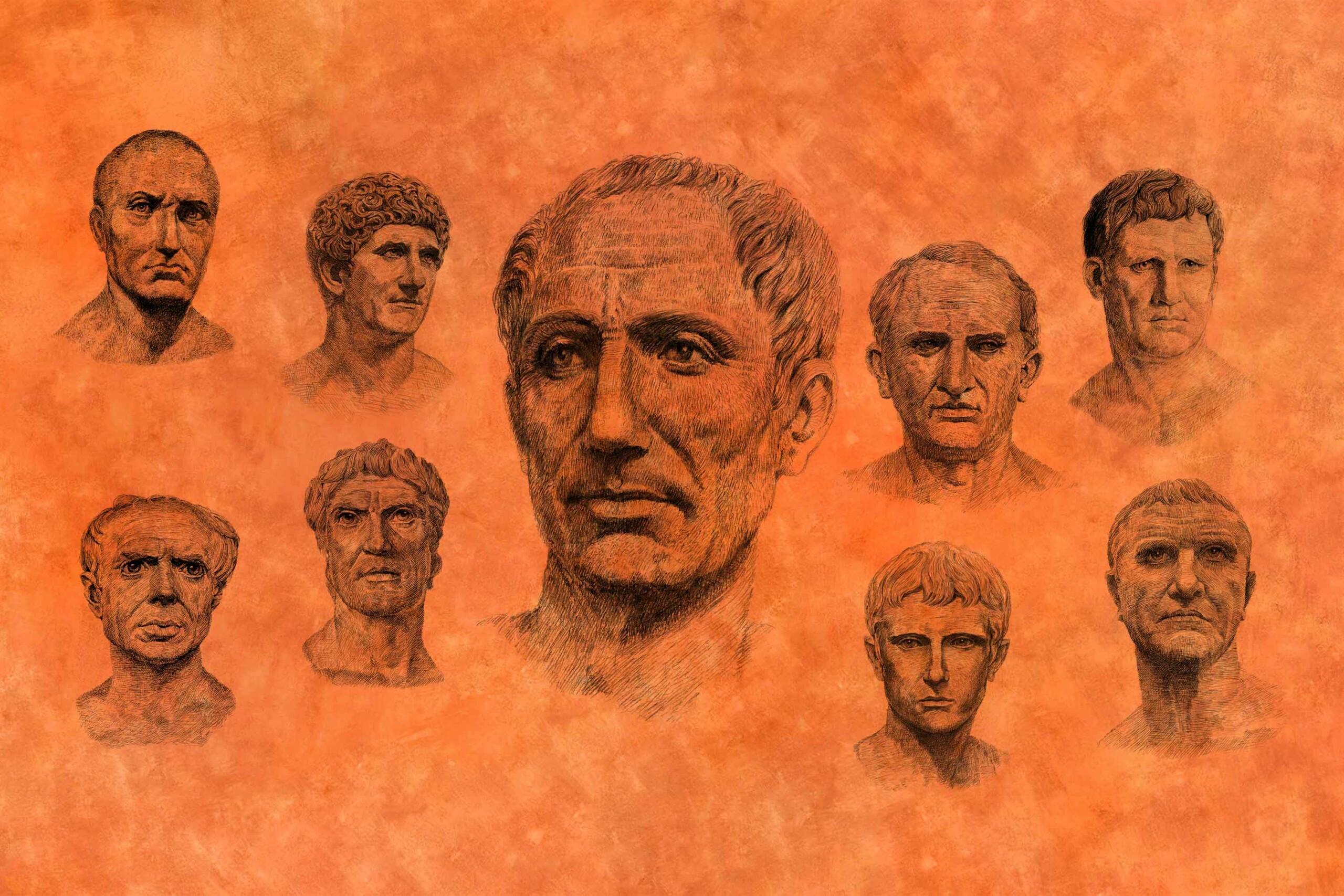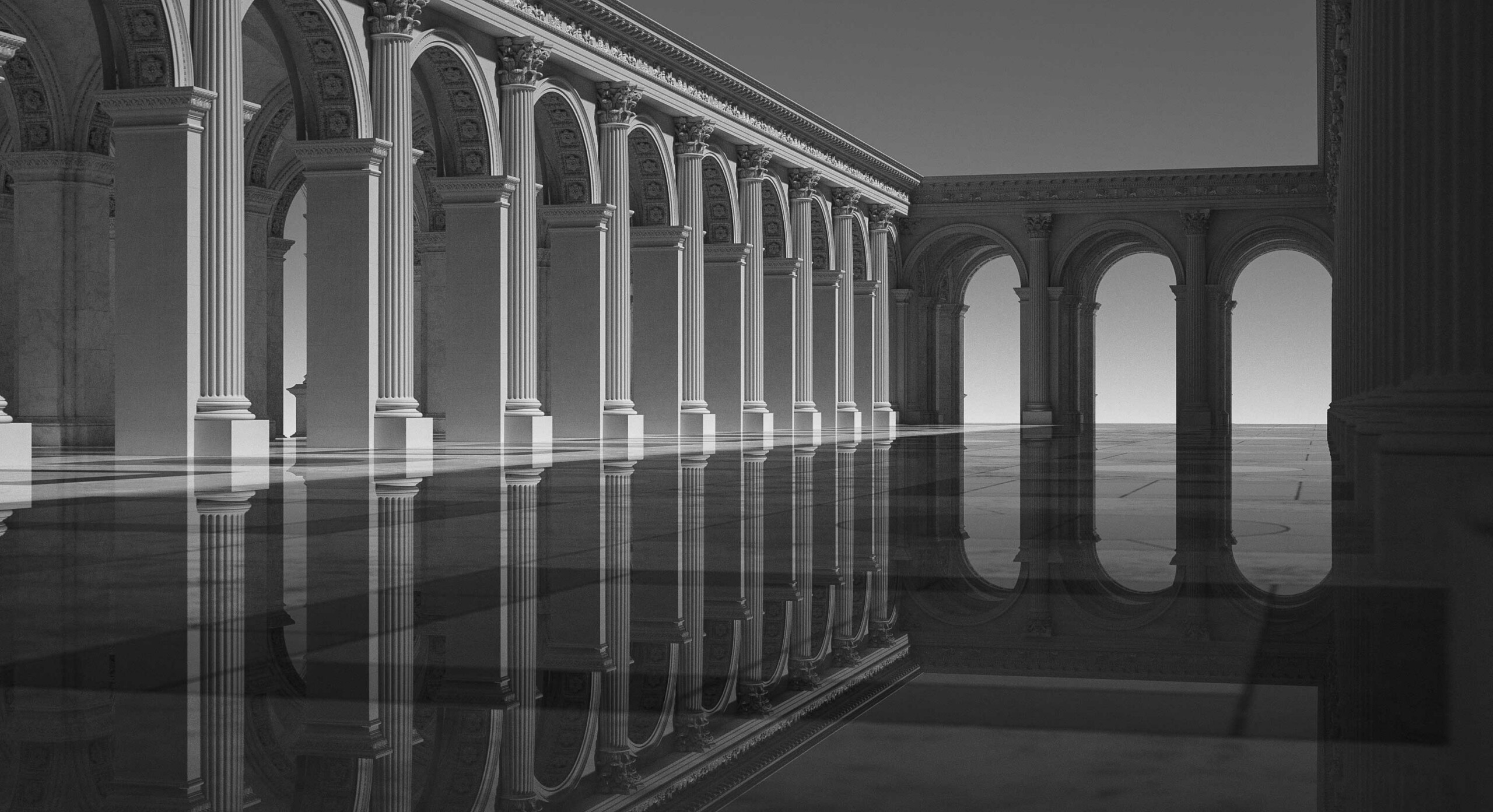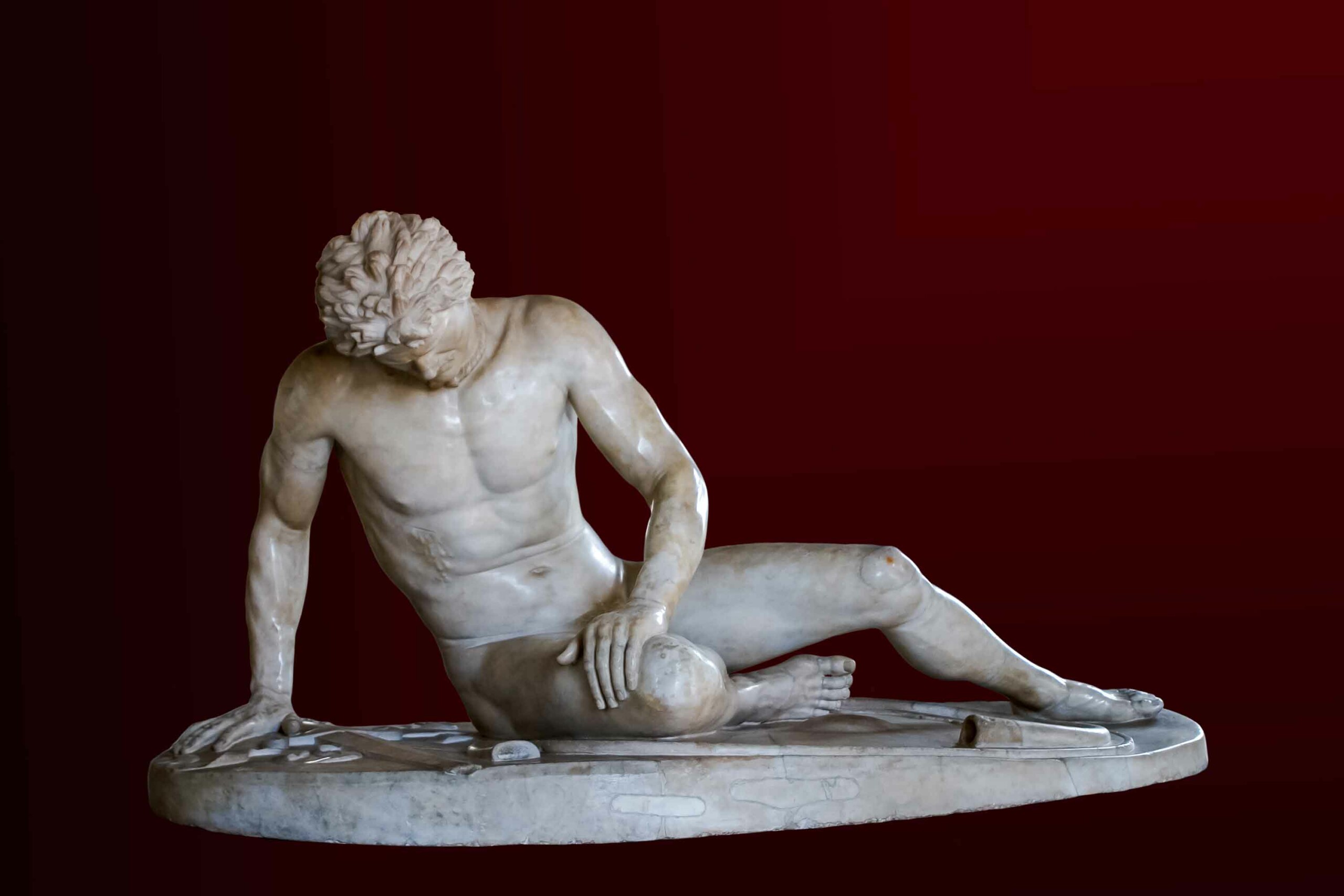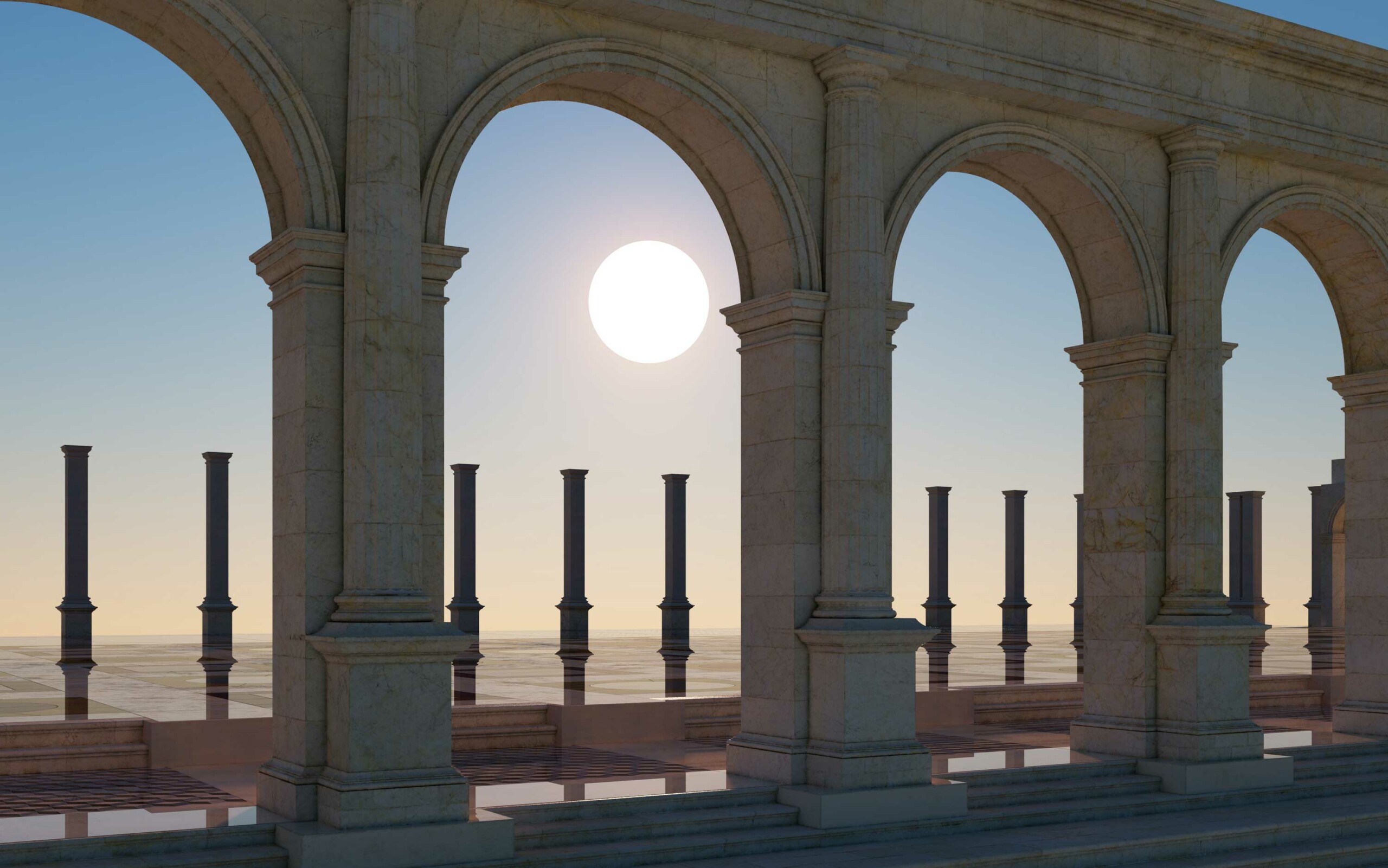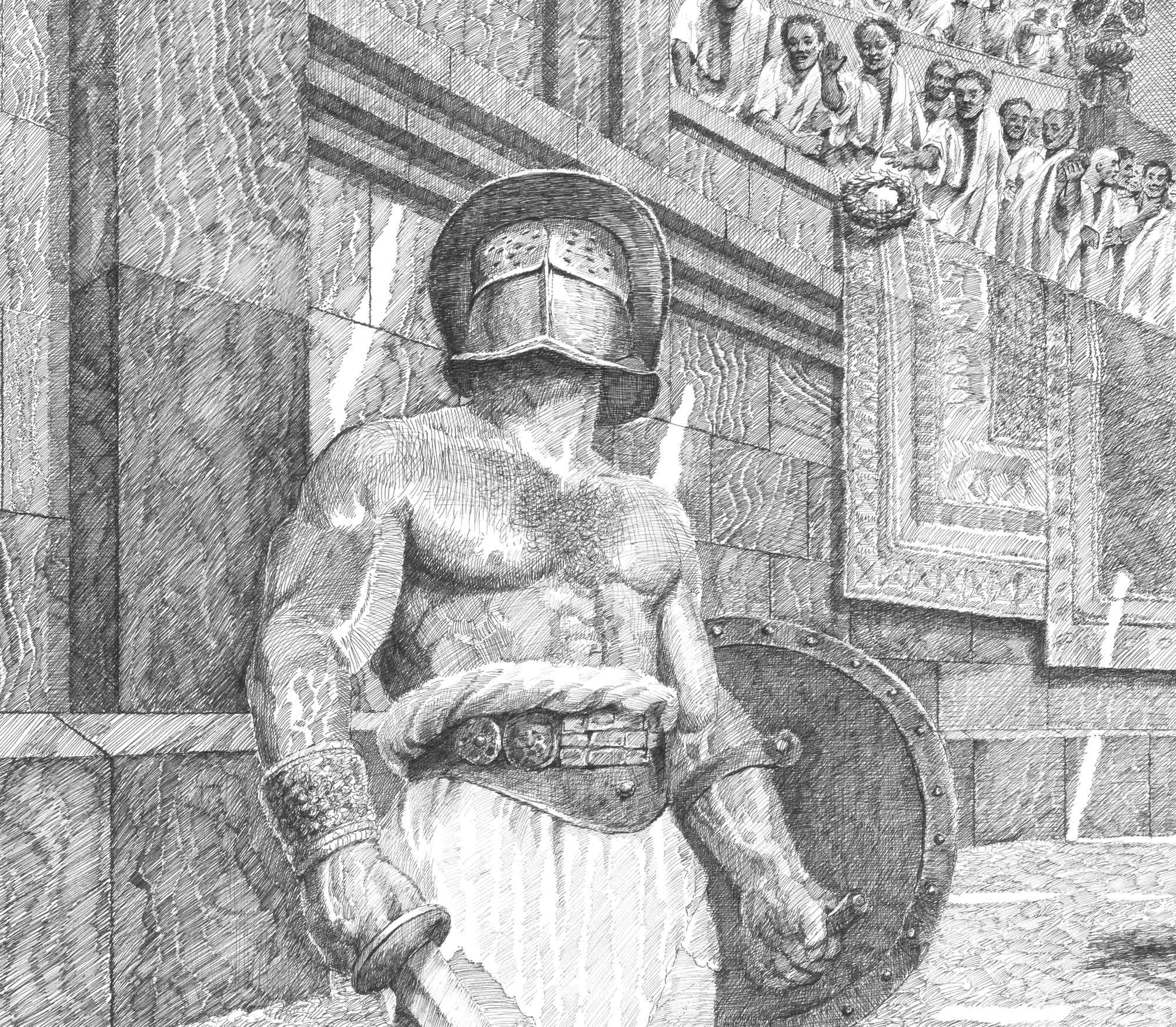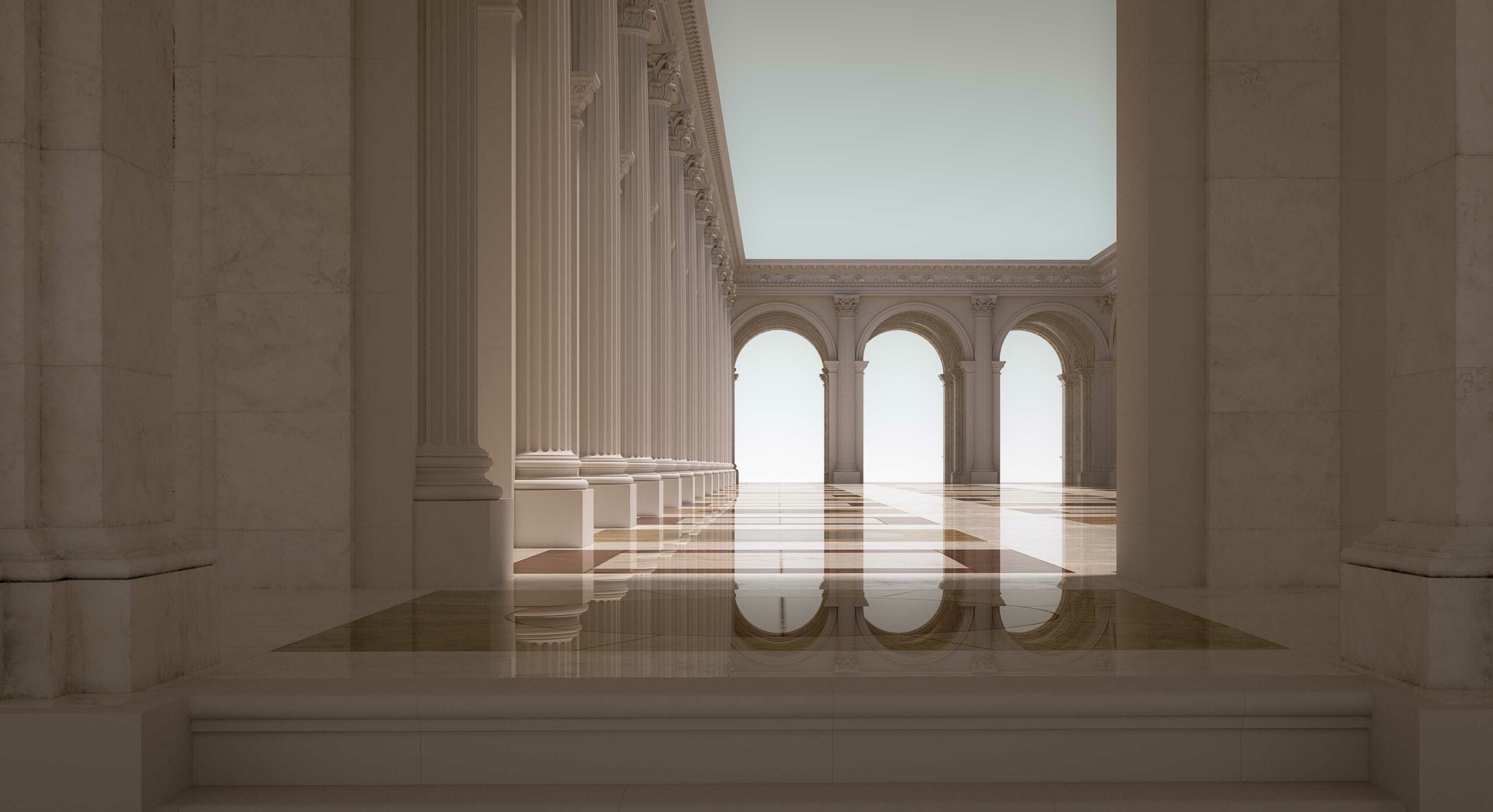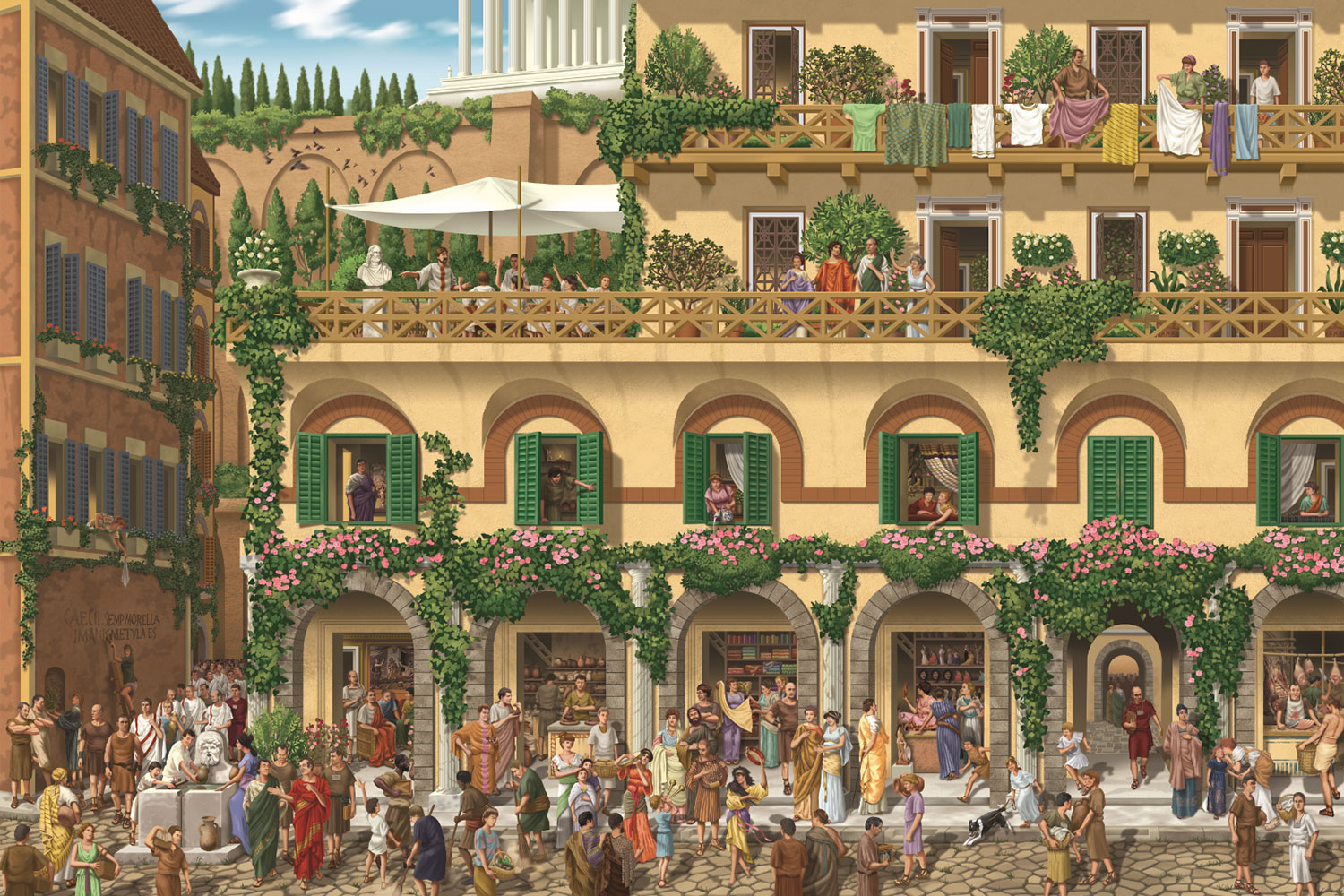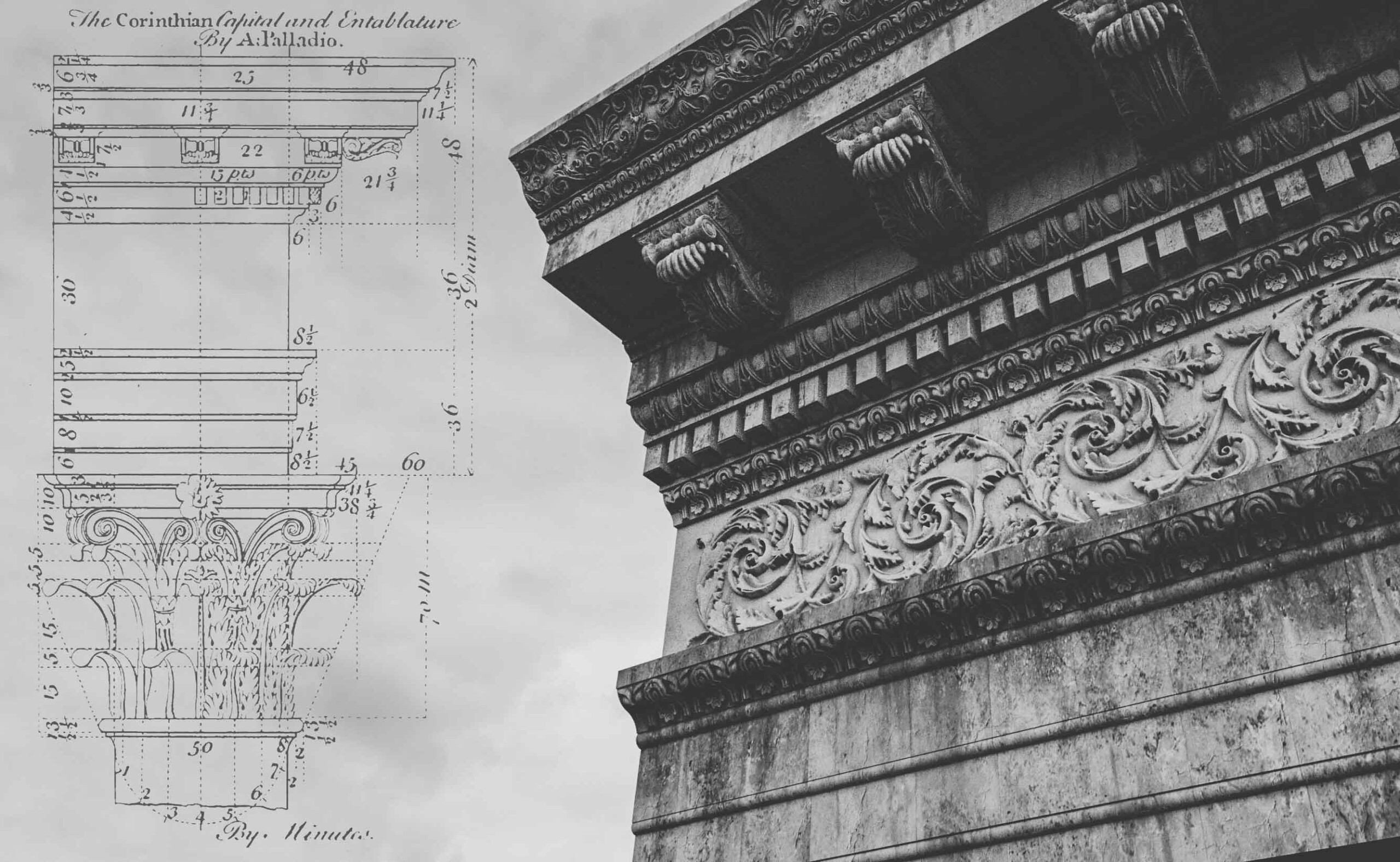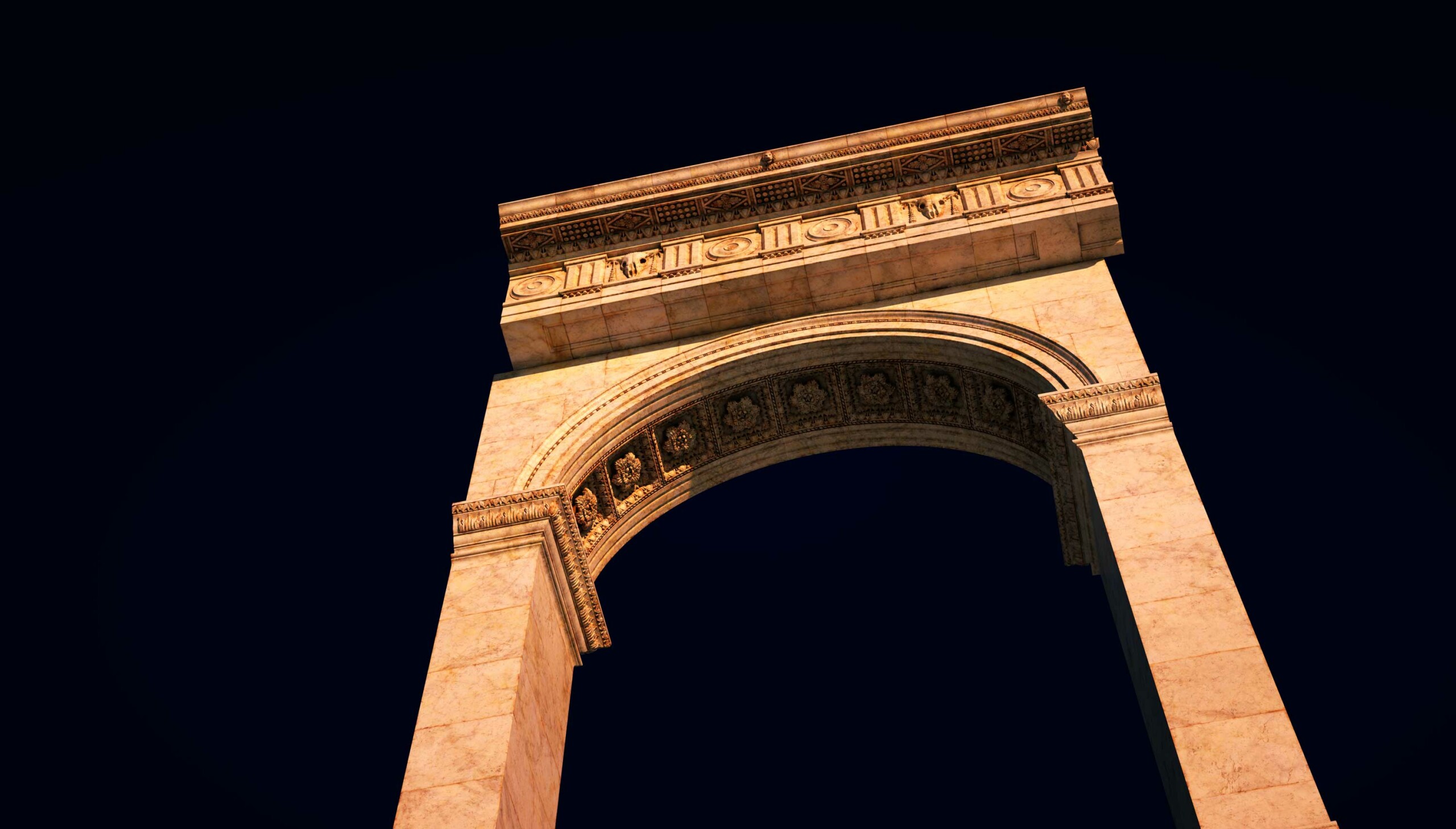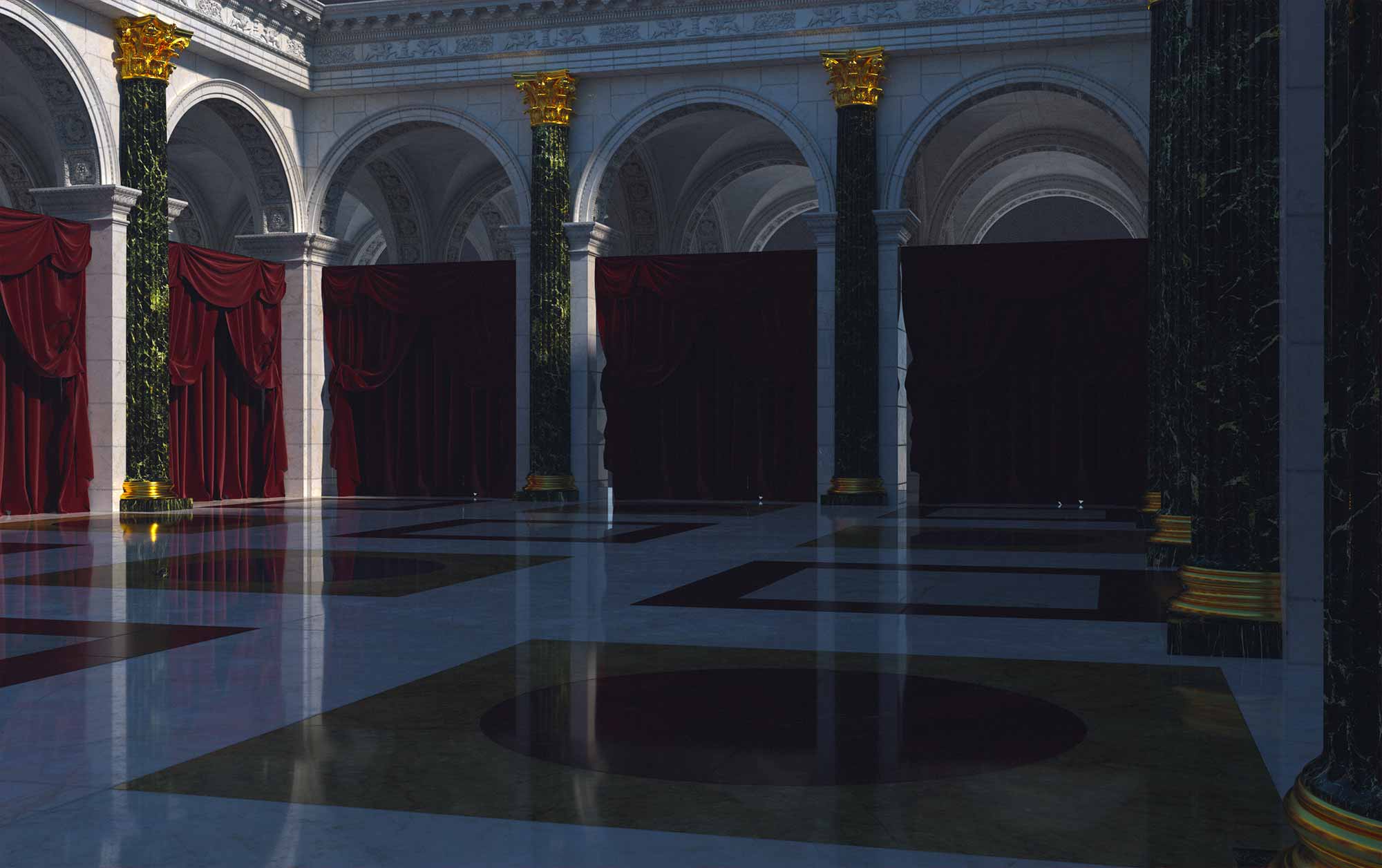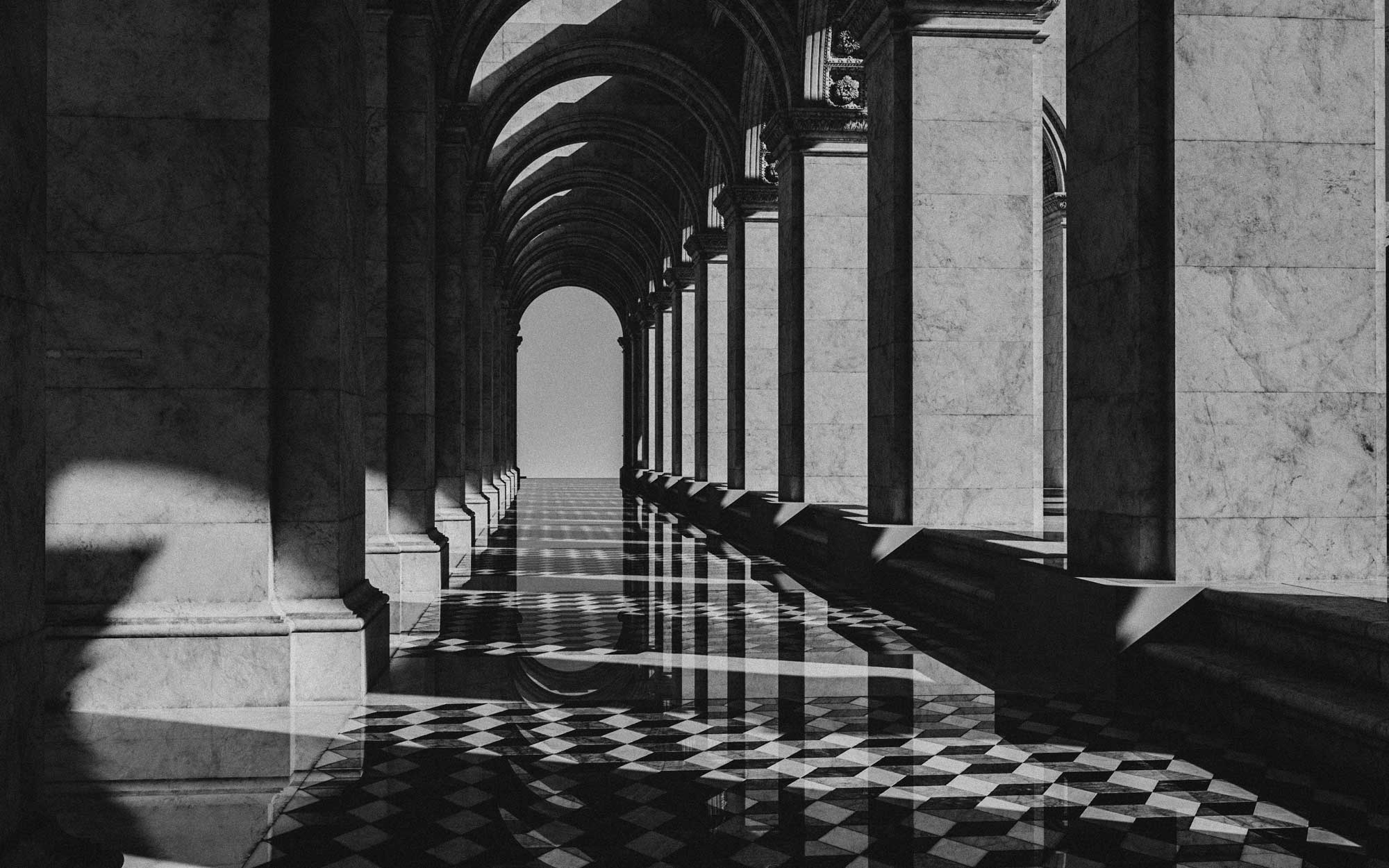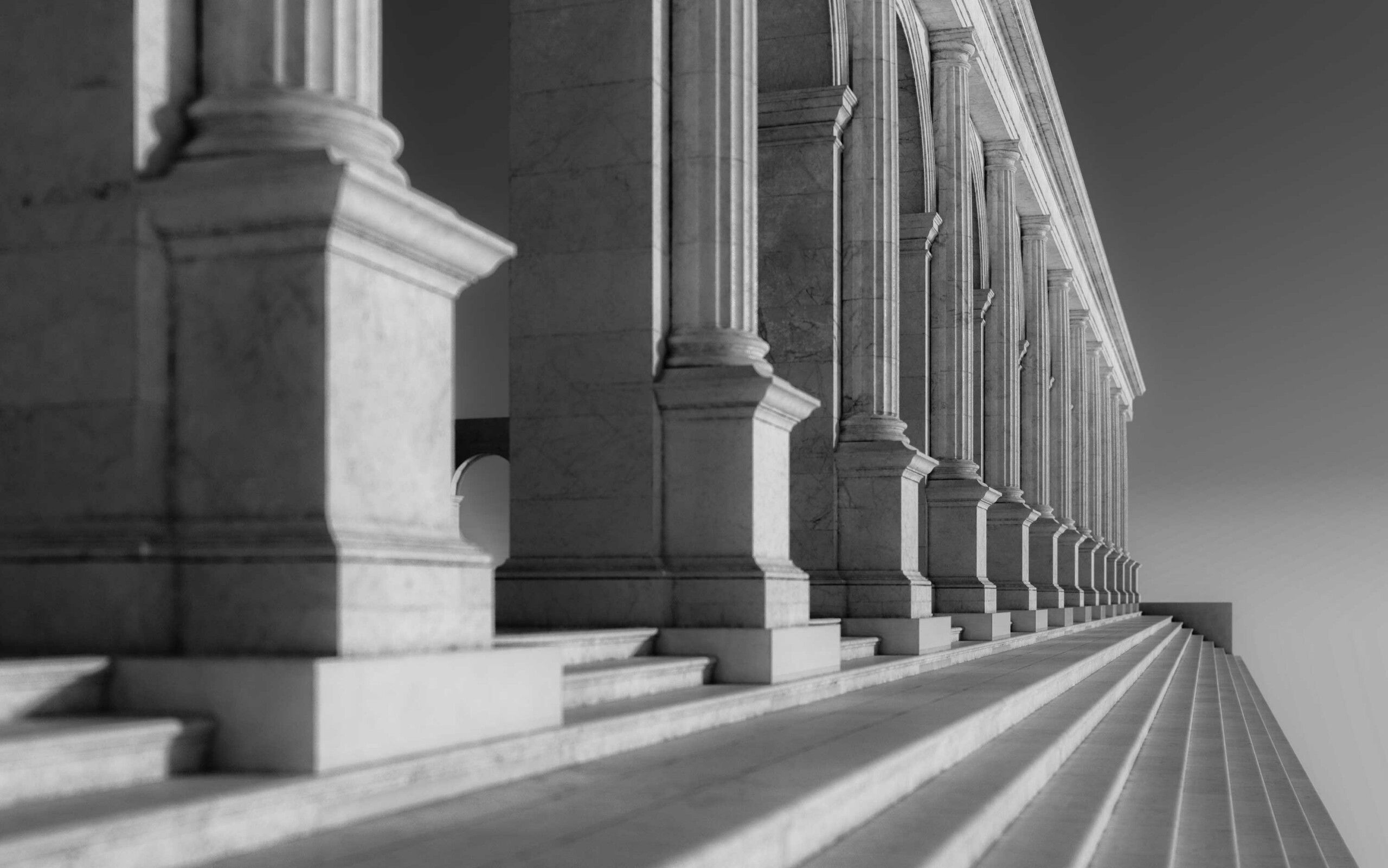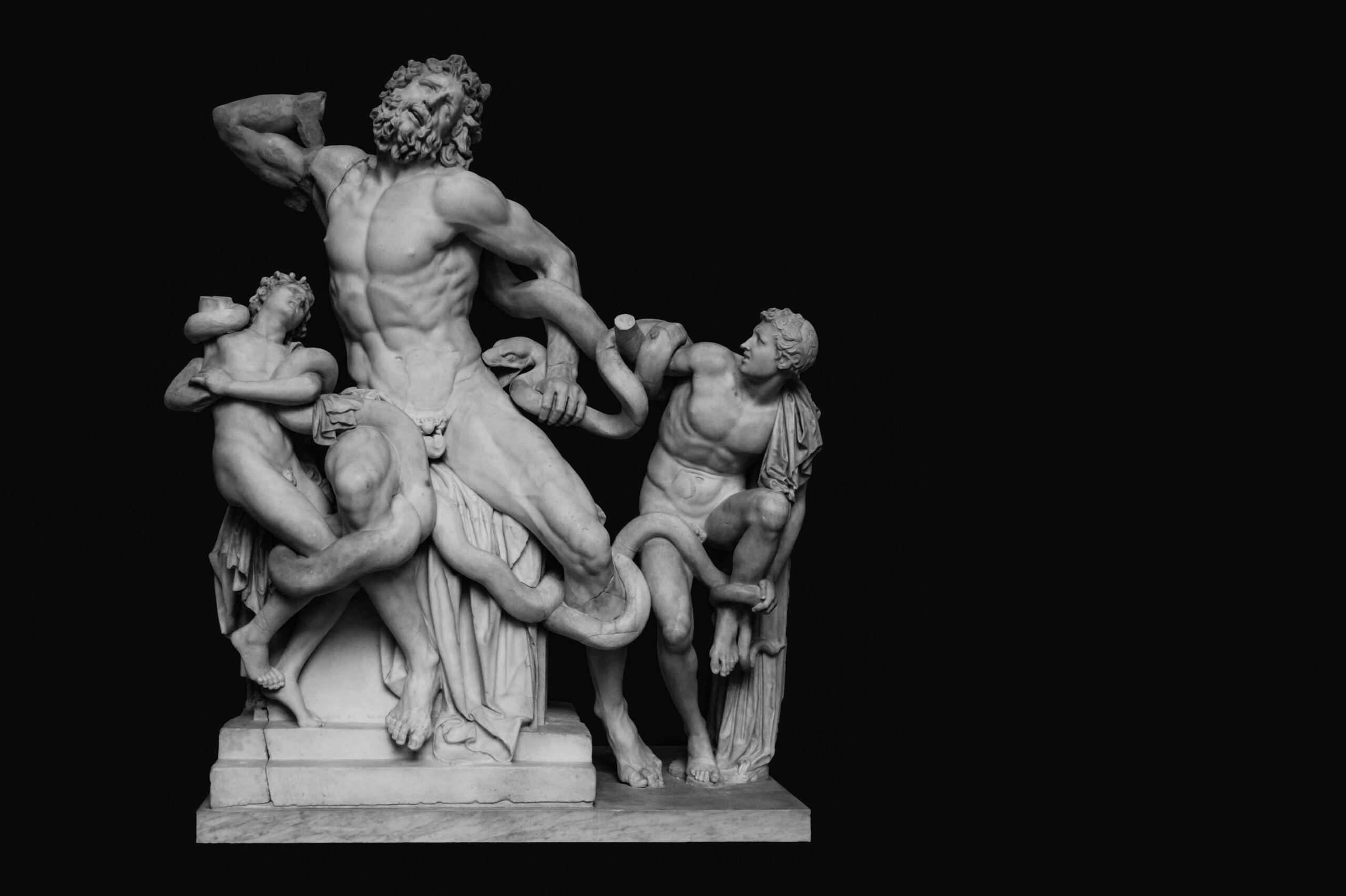What Does Pro Romanis Mean?
Pro Romanis translates from the Latin as “For the Romans”. This website is an homage to a people who undertook great tasks and managed to do many of them well. Pro Romanis is also for you…
Designed for high school and college students as well as ancient Rome enthusiasts.
If you are here, then there is something about ancient Rome that interests you. If you are only interested in the usual stuff—chariot races, gladiatorial games, the Roman Legions, Roman sexual practices, palace intrigue or Christian martyrdom—you’ll get some of that here. Although these things were a part of Roman life, there is so much more to know. This site will explore the how of things Roman. How did the Romans earn a living? How did they view love and marriage. How did they raise their children? How did they deal with death. How did they do business. How were they able to build some of the most magnificent structures whose faded remnants manage to inspire awe even today. And how did they run a city of one million inhabitants for so long? How were they able to conquer and rule a good part of the Mediterranean world for 1,000 years and dominate European culture for the last two millennia?
Website Organization
This site is three layers deep. The top layer is a straightforward narrative. Easily accessible. Not heavily referenced. The second layer gets into more detail about a particular subject, often excerpting key passages from original ancient sources. And the deepest layer carries on conversation in the language of scholars. A user can go as deep as he likes. The sources begin with original ancient sources (e.g., Polybius, Livy, Tacitus), reinforced by secondary scholarly work (e.g., Mommsen, Carandini, Liddell Hart). We make no claims of scholarly innovation here. We stand on the shoulders of giants.
The site is divided horizontally into six channels: a Timeline, Famous Romans, Architecture, Topics, Resources and the Pro Romanis store. The headers are self-explanatory. There is a site search engine.
Privacy Statement, Terms of Use
There are no ads on this site. There is no data collection of our users’ navigating habits that will then be shared or sold to marketing companies. The store was put in place because we need income to fund ongoing work and that takes money. The reproductions sold in the store are beautiful and of high quality.
Do We Need Another Roman Website?
There is Wikipedia and there are university sites as well as scholarly collaboration projects. Wikipedia is outstanding, but it is not organized around Roman studies. You can access the information you’re looking for piecemeal. University sites tend to specialize, whether it’s exploring the aqueduct systems of the Roman capital to reconstructing the city map during the principate to virtual reality reconstructions of buildings based on the latest scholarly discoveries. And there are the projects of passion like Lacus Curtius that offers English translations of ancient Roman texts. There are also commercial sites such as the History Channel, which are video rich and entertaining, but limited in their depth of discussion. These websites are useful and you should visit them. But none of them attempt a broad-gauge discussion of Roman civilization.
Pro Romanis is ambitious. It provides a detailed timeline from the founding of the city in 753 BC through the reign of Alexander Severus (235 AD). We end our story just before the time of troubles, the period of the barracks emperors, the 50 years of crisis during the third century AD. This, early-to-middle Principate, in our humble opinion, covers the apogee of Roman culture, before the imposition of the Dominate form of government and Constantine’s departure for Byzantium at the beginning of the 4th century. The Roman empire would last another 1,200 years after the Pro Romanis narrative ends. Consequently, there will not be much of a focus on Christianity and the Christianization of the Roman State or its continuation in the East after its disintegration in 476 A.D. in the West. Rather, we will attempt to understand the Romans and their belief systems before Christian apologists condemned them as idolatrous and evil.
About Us
The Pro Romanis site is big. Several thousand pages big. Its undertaking was a blend of passion, naivete and hubris. When I used to tell my history professors that I wanted to create something like Will Durant’s Caesar and Christ, they would tell me that scholars no longer wrote works like that. After having labored on this site for 15 years, I can see why. The subject is immense and scholars add new information at an exponential rate that makes it impossible to keep up. Furthermore, because of new technologies, Roman studies has expanded in breadth as well as depth.
We also tried to make this site beautiful. We’ve laced the copy with original artwork and plenty of photographs and maps. The effort is a collaborative one, with programming, design and digital art done by Sebastian Michalski, a talented entrepreneur and polymath. Visual work was executed by professional photographers and painters, two whom have, sadly, passed away. Zygmunt Michalski is our primary artist, whose paintings add life to our narrative. His oil paintings are dramatic and his charcoal drawings particularly powerful.

